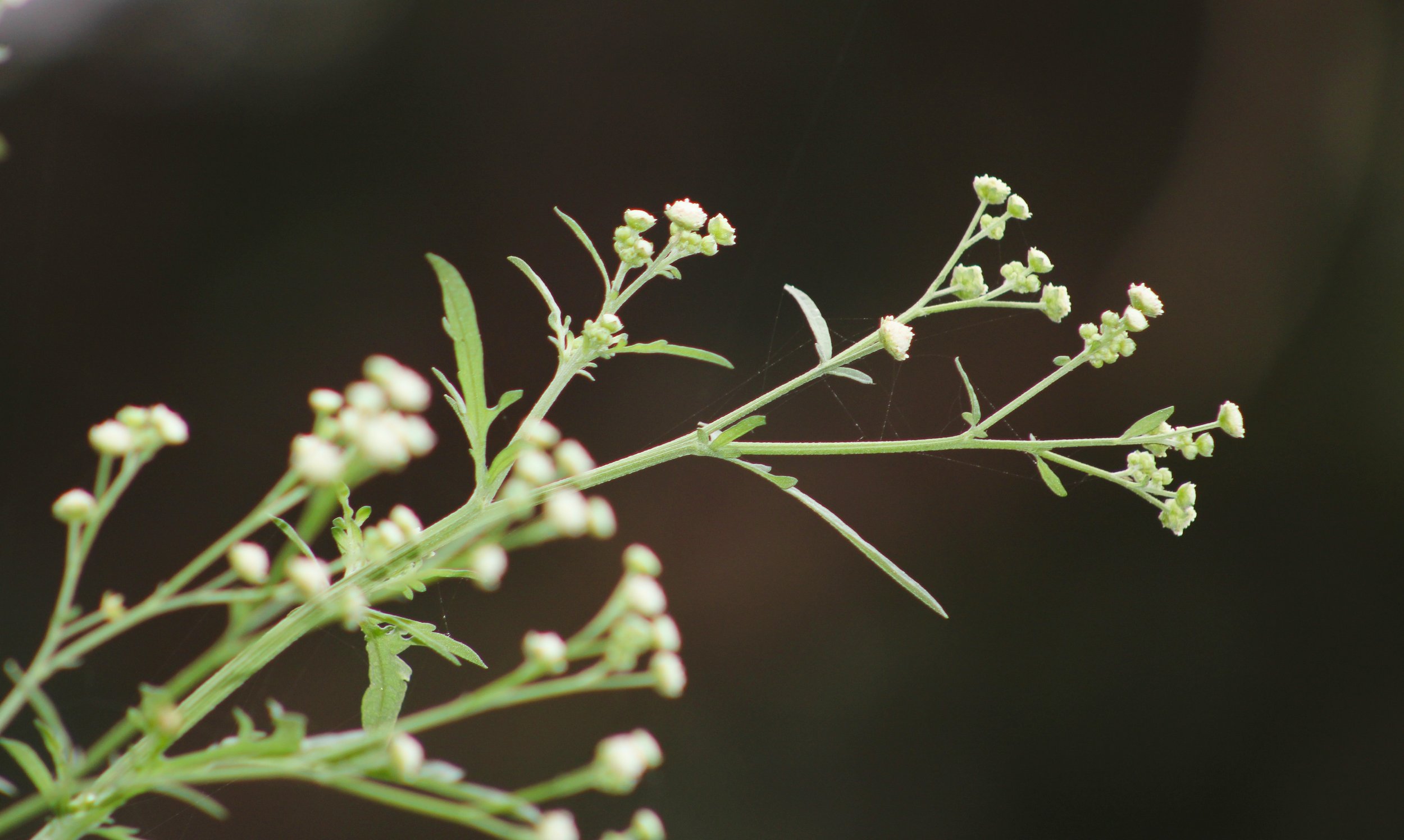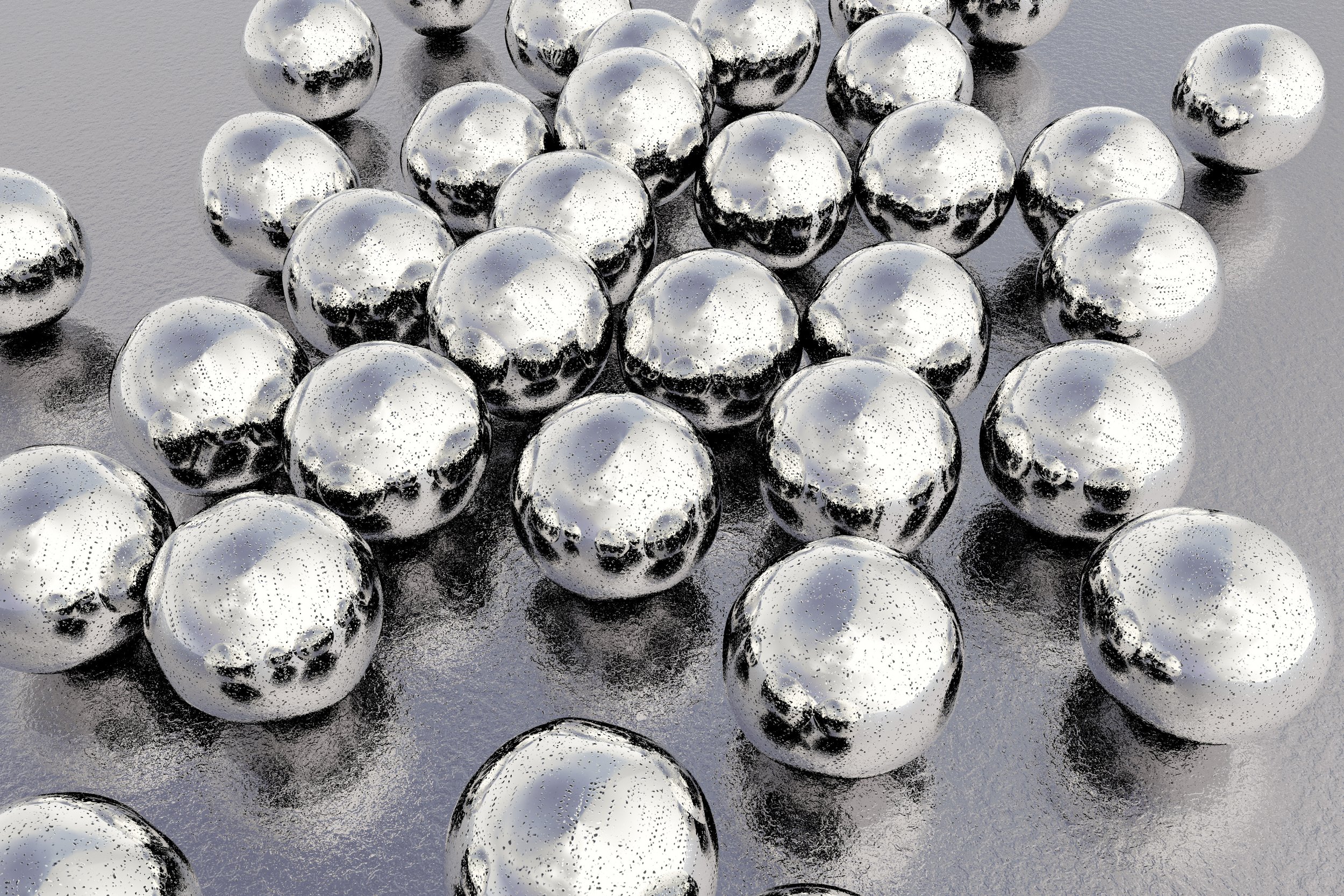The Green Nanotech Revolution: Addressing Our Water Crisis One Particle at a Time

Our planet faces an unprecedented water crisis. Reports consistently sound the alarm, indicating limited access to potable water for a vast portion of the global population.
As the climate continues to fluctuate, terrestrial water storage becomes more unpredictable, intensifying the scarcity. The increasing water contamination by active pharmaceutical ingredients (APIs) like antibiotics is compounding this issue. These pollutants endanger human health and disrupt aquatic ecosystems, setting off a chain of antimicrobial resistance.
The Rise of Green Nanotechnology
Enter green nanotechnology, a beacon in these troubled waters. According to the National Library of Medicine, a recent breakthrough study showcased the synthesis of copper oxide nanoparticles (CuO NPs) using the aqueous extract of the Parthenium hysterophorus plant. This innovative method harnesses the plant's natural properties to create nanoparticles capable of degrading certain antibiotics, such as rifampicin, with over 98% efficiency.
At its core, the development involves using natural plant extracts to produce environmentally friendly nanoparticles. These particles can target and break down pollutants in water, offering a cleaner, safer water source.
Given the pressing need for such innovative solutions in our rapidly changing environment, the industry's potential economic impact is substantial. The green nanotechnology sector is set for substantial growth, with forecasts suggesting it will climb to an impressive $417.35 billion by 2030. This surge is underpinned by a compound annual growth rate of 21.6% between 2022 and 2030, a testament to escalating environmental challenges.
Potential applications extend beyond just water purification:
Drug Synthesis: The same nanoparticles could be leveraged in producing more eco-friendly medications.
Environmental Monitoring: They might be used to detect and report on various environmental contaminants in real-time.
Agriculture: Enhanced water purification could lead to healthier irrigation systems and more robust crops.
Spotlight on Pioneering Startups
Several startups are navigating these challenges and capitalising on this green nanotech wave. Companies like Metalchemy have already caught the eye of investors with recent funding rounds of $280K. The company specialises in offering nanotech products derived from green nanomaterials, specifically bioplastics. Utilising advanced bio-nanotechnology, they transform food waste into valuable nanomaterial.
Conclusion
Green nanotechnology offers a promising solution to our pressing water crisis and environmental challenges. With startups like Metalchemy leading the way, this sustainable approach could transform sectors from water purification to agriculture. As the industry continues its rapid ascent, it holds the potential not just to address current concerns, but to pioneer a new era of environmental stewardship and innovation.
Author:
Arnold Kristoff
Content Producer and Writer
Nano Magazine





